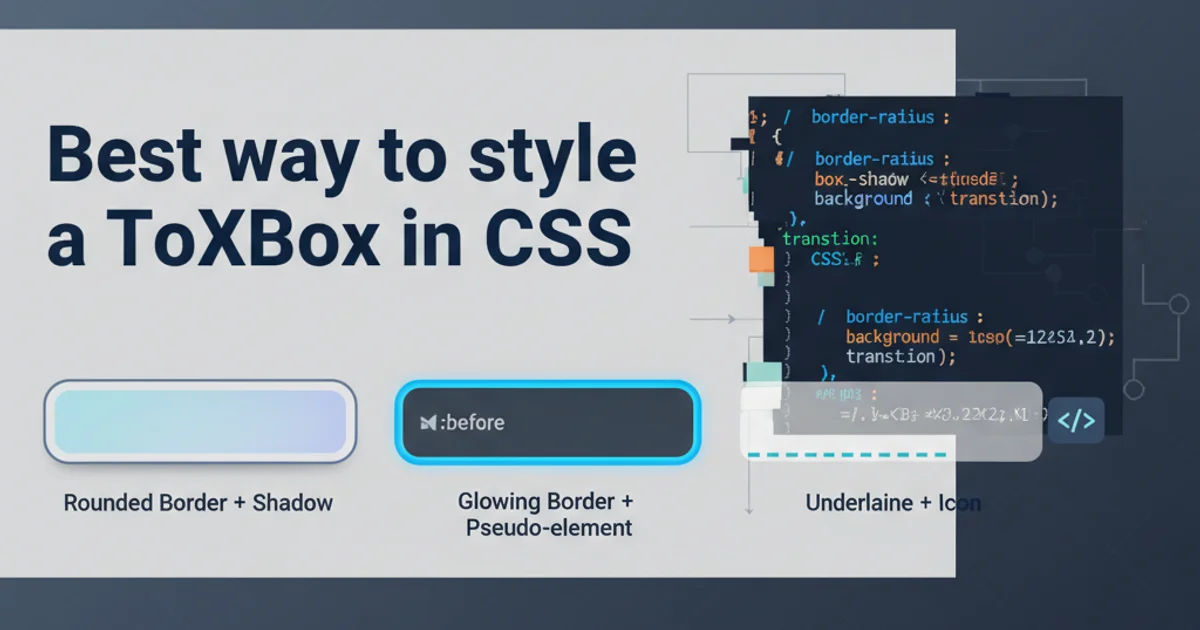Is there any way to kill a Thread?
Categories:
Terminating Python Threads: Understanding the Challenges and Alternatives

Explore the complexities of stopping Python threads gracefully, why direct termination is problematic, and discover safer, more effective patterns for managing concurrent tasks.
In Python's threading module, there is no built-in, universally safe method to forcefully terminate a running thread from outside its own execution. This design choice is intentional, as abruptly stopping a thread can lead to serious issues like corrupted data, deadlocks, or resource leaks. This article delves into why direct thread termination is discouraged and presents robust, cooperative patterns for managing thread lifecycles effectively.
Why Direct Thread Termination is Problematic
Python's Global Interpreter Lock (GIL) and the way threads interact with system resources make direct termination inherently unsafe. When a thread is forcefully stopped, it might be in the middle of an operation that holds a lock, has an open file handle, or is updating shared data structures. Terminating it at such a critical juncture can leave the program in an inconsistent and unstable state. Unlike processes, which have isolated memory spaces and can be killed with less risk, threads share the same memory space, making their abrupt termination much more dangerous.
flowchart TD
A[Start Thread] --> B{Thread Running Task}
B --> C{Acquire Resource (e.g., Lock, File)}
C --> D{Perform Critical Operation}
D --> E{Release Resource}
E --> B
B --> F{Task Complete / Exit}
X[External Kill Signal] --> Y{Forceful Termination}
Y --x C
Y --x D
Y --x E
subgraph Unsafe Termination
Y
end
style Y fill:#f9f,stroke:#333,stroke-width:2pxIllustrating the dangers of forceful thread termination during critical operations.
Cooperative Thread Termination with Flags
The recommended approach for stopping a thread is through cooperation. The thread itself should periodically check a flag or condition and, upon detecting a termination request, gracefully shut down its operations, release resources, and exit. This pattern ensures that the thread can clean up after itself, preventing data corruption and resource leaks.
import threading
import time
class StoppableThread(threading.Thread):
def __init__(self):
super().__init__()
self._stop_event = threading.Event()
def run(self):
print(f"{self.name}: Starting...")
while not self._stop_event.is_set():
# Simulate some work
print(f"{self.name}: Working...")
time.sleep(1)
# Check the stop event more frequently if work is long
# if self._stop_event.is_set():
# break
print(f"{self.name}: Stopping gracefully.")
def stop(self):
self._stop_event.set()
# Create and start the thread
my_thread = StoppableThread()
my_thread.start()
# Let it run for a bit
time.sleep(3)
# Request the thread to stop
print("Main: Requesting thread to stop...")
my_thread.stop()
# Wait for the thread to finish
my_thread.join()
print("Main: Thread has stopped.")
Example of cooperative thread termination using threading.Event.
_stop_event.is_set() condition frequently enough to allow for timely termination. If a single iteration of your task takes a long time, consider breaking it down or checking the flag mid-task.Using concurrent.futures.ThreadPoolExecutor for Managed Concurrency
For many use cases, especially when dealing with a pool of workers or tasks that can be cancelled, Python's concurrent.futures module offers a higher-level abstraction. While it doesn't directly 'kill' threads, it provides mechanisms for managing the lifecycle of tasks submitted to an executor, including cancellation for Future objects. This is often a more robust and Pythonic way to handle concurrent operations than managing raw threading.Thread objects directly.
import concurrent.futures
import time
def long_running_task(task_id):
print(f"Task {task_id}: Starting...")
for i in range(5):
if concurrent.futures.current_thread()._stop_event.is_set(): # This is a hack, not standard
print(f"Task {task_id}: Cancellation requested, stopping.")
return f"Task {task_id} cancelled"
print(f"Task {task_id}: Working step {i+1}")
time.sleep(1)
print(f"Task {task_id}: Finished.")
return f"Task {task_id} completed"
# This example demonstrates a conceptual approach.
# Direct cancellation of a running task in ThreadPoolExecutor is not straightforward.
# For true cancellable tasks, consider using a custom Thread class with a stop event
# or process-based concurrency where tasks are more isolated.
# A more realistic approach for ThreadPoolExecutor would be to check a shared flag
# within the task itself, similar to the StoppableThread example.
# Example of submitting tasks (without direct cancellation of running ones)
with concurrent.futures.ThreadPoolExecutor(max_workers=3) as executor:
futures = [executor.submit(long_running_task, i) for i in range(3)]
# Wait for some results
for future in concurrent.futures.as_completed(futures):
print(f"Result: {future.result()}")
# Note: ThreadPoolExecutor's shutdown() method waits for tasks to complete by default.
# shutdown(wait=False) will not wait, but won't kill running threads either.
# It will only prevent new tasks from being submitted.
Conceptual example of using ThreadPoolExecutor. Direct cancellation of running tasks is not natively supported without cooperative checks.
concurrent.futures.Future objects have a cancel() method, it only works if the task has not yet started execution. Once a task is running within a ThreadPoolExecutor, there is no direct way to stop it externally without cooperative checks within the task's code.Alternatives: Process-based Concurrency
If your application truly requires the ability to forcefully terminate a unit of work without the cooperative overhead, multiprocessing might be a better fit. Processes have separate memory spaces, making it safer to terminate them without corrupting the parent process's state. You can use Process.terminate() to kill a child process, though this should still be used with caution as it can leave system resources (like temporary files or database connections) uncleaned.
import multiprocessing
import time
def worker_function():
print("Worker process: Starting...")
try:
while True:
print("Worker process: Working...")
time.sleep(1)
except KeyboardInterrupt:
print("Worker process: Caught KeyboardInterrupt, exiting.")
finally:
print("Worker process: Cleaning up and exiting.")
if __name__ == '__main__':
p = multiprocessing.Process(target=worker_function)
p.start()
time.sleep(3)
print("Main process: Terminating worker process...")
p.terminate() # Send SIGTERM on Unix, TerminateProcess on Windows
p.join() # Wait for the process to actually terminate
print(f"Main process: Worker process terminated with exit code {p.exitcode}")
Example of terminating a multiprocessing.Process.
multiprocessing.Process.terminate(), the child process does not get a chance to clean up resources gracefully. It's equivalent to sending a SIGTERM signal on Unix-like systems. For more controlled shutdown, consider using a Queue or Event for inter-process communication to signal termination, similar to the cooperative threading approach.